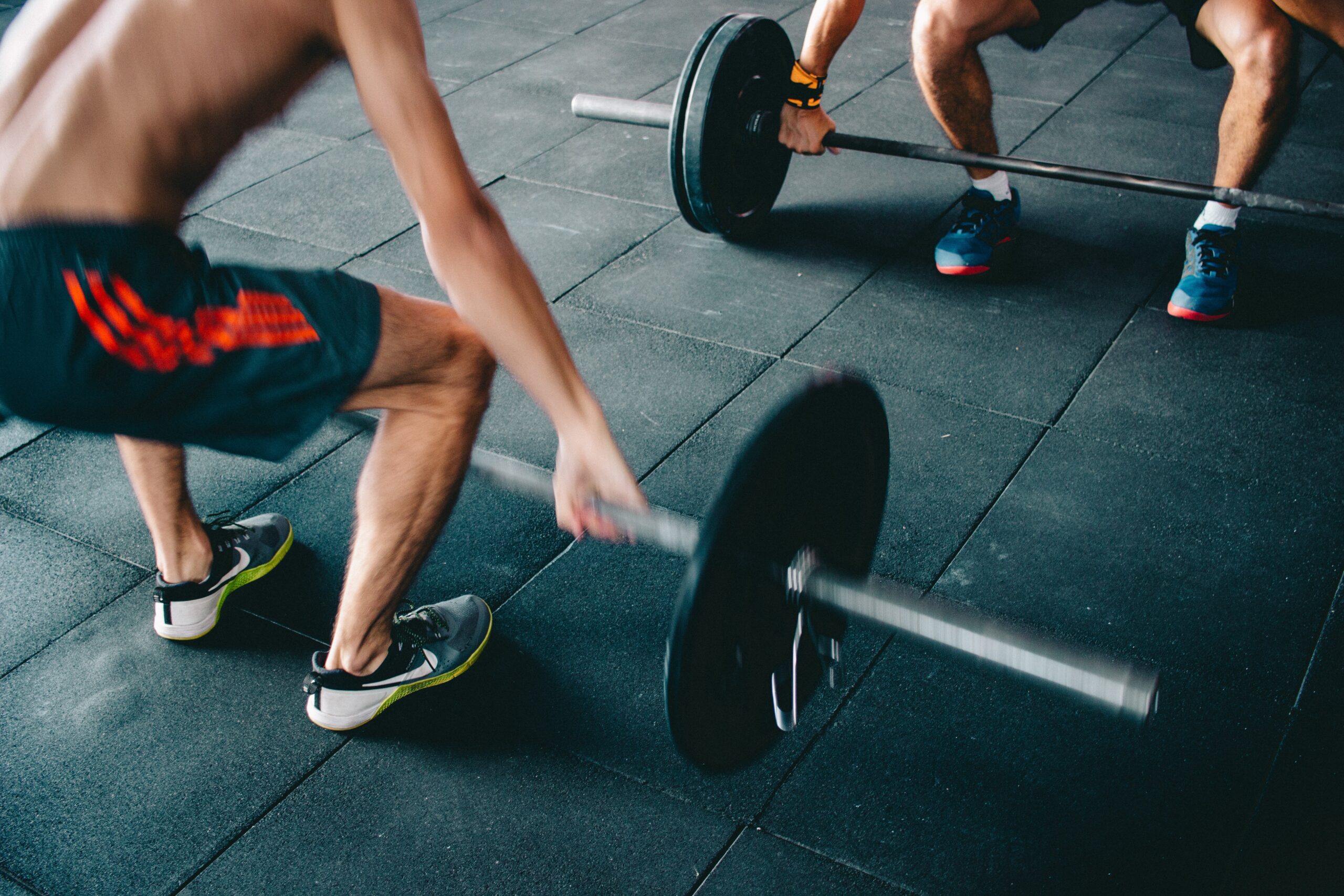Lifting with a straight back is something we’ve long been taught to respect.
However a recent scientific review of clinical trials was published which received a lot of attention, namely in that it questions whether or not bending the lower back while lifting has an effect on low back pain.
Several media sources around Australia have presented it to the public, sometimes with the suggestion that avoiding bending when we lift isn’t as important as we once thought.
However, as the authors of the study acknowledge themselves, it’s not quite that simple.
What did the study find?
The study performed was what’s known as a systematic review, this means that the authors methodically selected all the most relevant clinical trials and summarised their findings.
In this case their goal was to identify any trials looking at bending in the lower back when an individual lifts and whether there was any correlation with this and the onset of low back pain or persistence of pre-existing pain.
Limits of the study
As acknowledged by the authors, and as is often the case in research, the review was limited in several ways.
The first of these is that the individual studies that had been carried out were of generally low quality, that is the methods in which they were formed and carried out allowed too much room for bias and therefore less reliable results.
The second important limit was that none of the trials looked into lifting weight any heavier than 12kg, a very important factor when considering how the results apply to different tasks and jobs – for example; removalists or construction workers will frequently be working with higher loads than this!
So what is the take-home message?
Ultimately the simple message from from this study is that the long-held assumption that lifting with a straight back is perhaps not as essential as we once thought, at least with lighter weights.
However we clearly still have a lot more to learn about lifting and its effects on low back pain.
When lifting at work or at home it’s best to take things slowly and stay within your limits.
When exercising at the gym its important not to rush to the heaviest weight possible, but to gradually increase your lifting capacity within your own experience and ability.
The physiotherapists at Lifecare Prahran Sports Medicine are experts in injury management and rehabilitation, as well as optimising strength and function on the sports field, in the workplace or at home.
So don’t hesitate to make an appointment to help get the best out of your body!
Eric Coleman is an APA Physiotherapist and member of the Musculoskeletal Physiotherapy Association. He works at Lifecare Prahran Sports Medicine on Tuesday, Wednesday, Friday and Saturday.
The clinic is close to suburbs including Malvern, South Yarra, Toorak, Armadale, St Kilda East, Caulfield, Richmond and Hawthorn, and has early and late appointments for all your sports medicine and physiotherapy needs.
References
- Saraceni, N., Kent, Peter., Ng, L., Campbell, A., Straker, L., & O’Sullivan, P., (2019). To flex or not to flex? Is there a relationship between lumbar spine flexion during lifting and low back pain? A systematic review with meta-analysis. Journal of Orthopaedic & Sports Physical Therapy, Epub 28 Nov 2019. Doi: 10.2519/jospt.2020.9218

